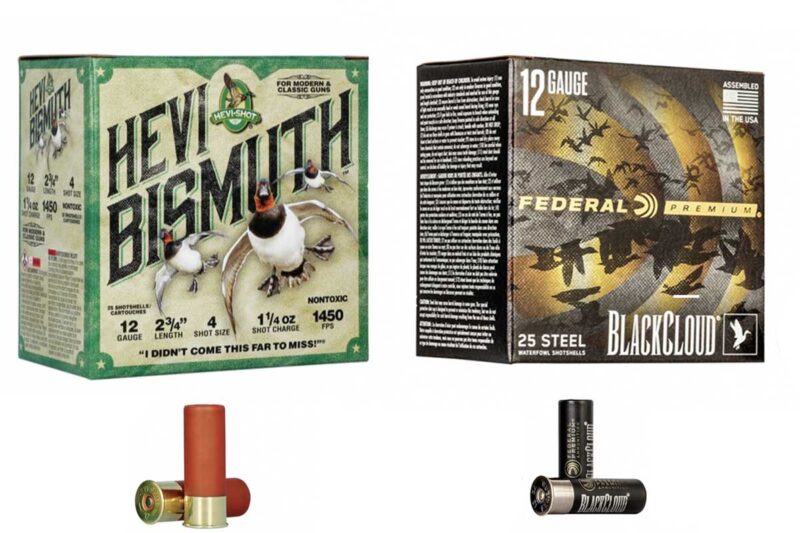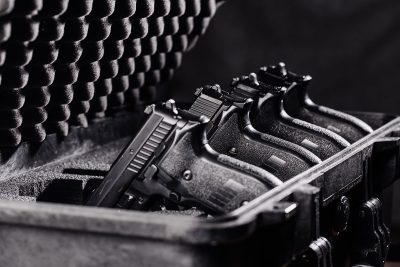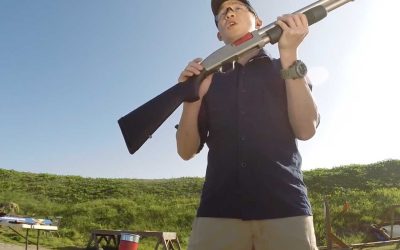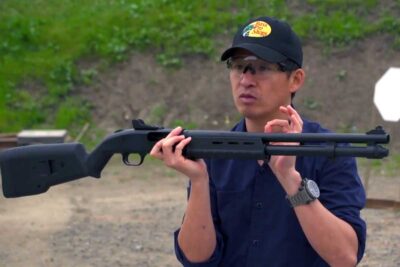
With fall coming, there are two early hunting seasons that start getting hunters excited. The first is dove. However, most hunters pursue doves only on the first day, or possibly opening weekend, as part of a family and friend gathering. The early goose season typically opens right around the same time as dove, providing awesome waterfowl hunting opportunities with little pressure and large bag limits.
Many waterfowlers avoid the early season for Canada geese because of the heat of early September; toting decoys, shotguns, shell, blinds and other equipment in 80- and 90-degree weather just doesn’t appeal to some. However, despite the less-than-desirable weather, resident Canadas can be quite cooperative when it comes to calling and decoy spreads, providing excellent shooting opportunities to fulfill bag limits.
The Early goose season is also a great way to introduce younger, or newer, hunters to waterfowling, without them having to deal with the snow, ice and bitter cold normally associated with ducks and geese on their first outing. In addition, geese are kind of dumb during the early season, as they haven’t been called to, shot at and blown out of their usually haunts, which means that a good location provides plenty of shooting, even if there aren’t too many hits. Of course, it still takes some planning to be successful.
Scouting for Early Geese
Scouting is a required activity to be successful, regardless of the pursued species. This includes geese. What’s nice about scouting for early geese is that it is not that hard to conduct. Resident geese spend all of their time feeding or floating, and are creatures of habit unless disturbed. So, hunters only need to scope out likely areas, such as fields and backwaters, with a good pair of binoculars. Keep track of activity in a notebook, writing down location and time, particularly arrival time. Also note access points, as hunters need to get into position discreetly.
Goose Decoy Setups
One good thing about the early goose season is that while decoys are important, sprawling spreads aren’t always required, particularly in the early morning. Resident geese often live in smaller groups, gathering in larger bunches to feed as the day progresses. Even when feeding in large bunches, geese tend to stay in family groups. So hunters should place decoys in small bunches of three to five. Because of this, hunters can carry in fewer decoys. Just two or three decoy bunches can bring birds to the gun.
However, spreads must still be set up with wind in mind, along with current, if in water. Spreads must look natural to approaching geese, or the intended prey will head to another location. In the early fall, geese have lots of options regarding food. Because of this, hunters must use quality decoys in a natural pattern. One simple and effective method is to set up small bunches of decoys in a half circle pattern with the wind flowing into the circle. Keep the center of the half circle at around 20 yards from the guns, straight in if possible. Geese like to cup their wings and land into the wind. So, this setup can provide some excellent shooting, if everything goes right.
Goose Calling
Calling can also be a little easier, as geese haven’t been bombarded with honks, clucks, moans and whines for thousands of miles. In fact, aggressive calling can actually be beneficial during the early season. While there is lots of food available, geese can be protective of feeding grounds. As such, one strategy can be to make lots of noise, almost as if the geese on the ground are telling the others not to land; this is their spot. In response, geese will often turn, lock up and push in to land.
After this happens, and shots have been fired, don’t celebrate or jump up to gather downed birds. Instead, grab calls and run a come-back series. Resident geese will, at times, turn around to provide a second opportunity for action.
Goose Slaying Shotguns & Loads
Geese can be tough to put down. Because of this, hunters need to use a good shotgun in 10 or 12 gauge. While 20-gauge shotguns can bring down geese, larger gauges provide more pellets, and, therefore, more opportunity for hits. Follow-up shots can also be important, so most hunters prefer pumps or semi-autos, which provide for faster reloading when action is hot.

Dropping geese also requires fairly heavy non-toxic shot. Steel in BB or BBB is the bare minimum to provide clean kills, but some hunters prefer denser shot, such as tungsten or bismuth. These metals provide hits that are similar to lead, meaning hunters can use smaller shot for more pellets, but they also cost significantly more money. Technology in the ammo industry has brought prices of tungsten and bismuth loads down somewhat, but steel is still the most affordable waterfowl load.
While the dove opener will probably keep its popularity with hunters, the early goose season can be an excellent way to continue wingshooting after that first big gathering for dove. In fact, it can take its place, as geese provide a whole lot more meat for the freezer.
Related Articles: The Best Shotguns for Waterfowl Hunting
Related Articles: How to Prepare for Dove Season
Related Videos: All the New Beretta Shotguns for the 2023 Hunting Seasons! [Video]
Related Articles: 6 Best Shotguns for Hunting: From Waterfowl to Deer












